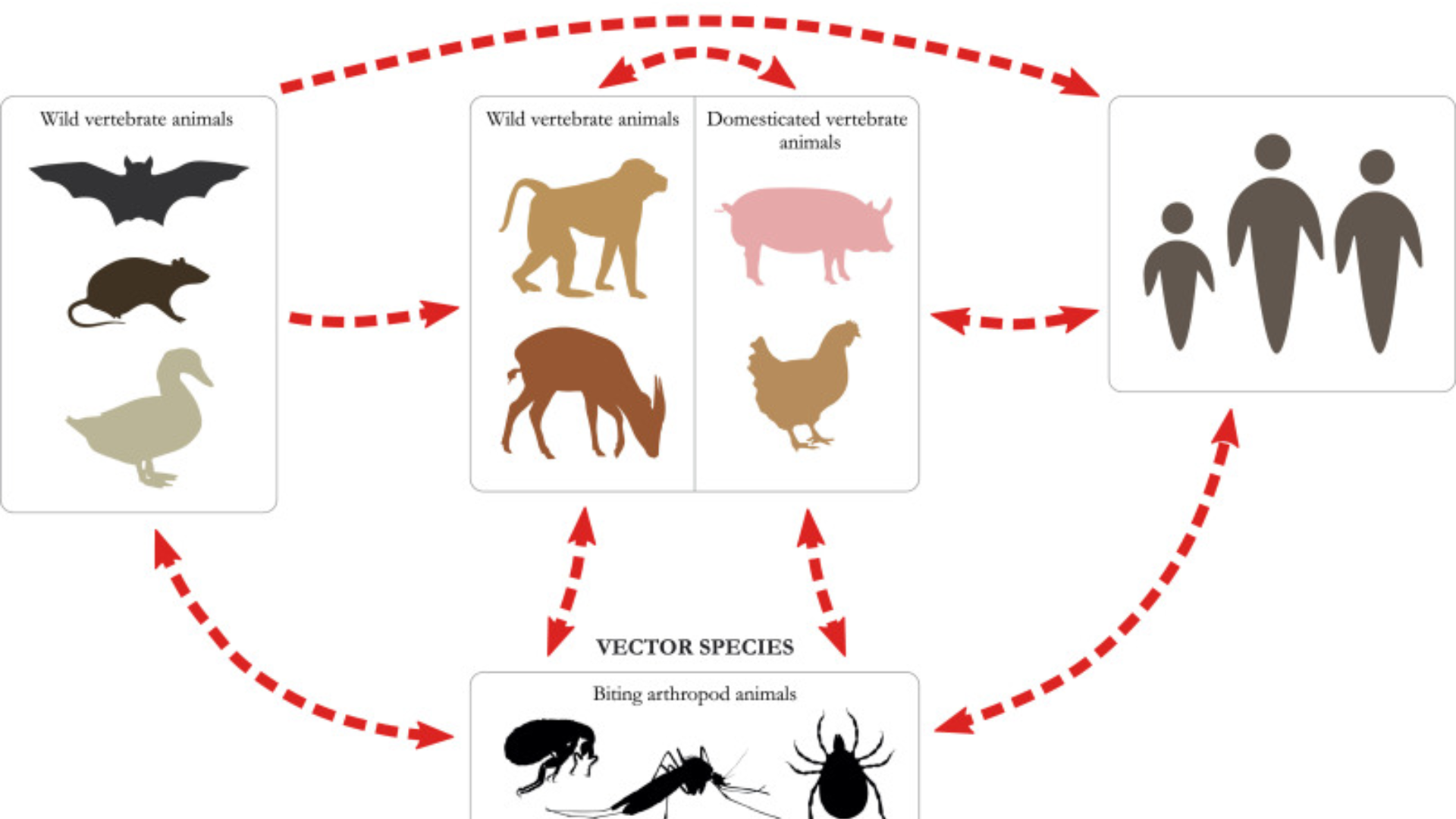
It may be possible to create a novel technique to assess the frequency of diseases in wild animals that travel freely and to estimate the number of samples needed for a diagnosis.
Wildlife agencies struggle to collect enough samples to accurately measure disease spread, preventing pandemics with wildlife origins like Covid-19. Current formulas assume animals contract diseases independently, but clustered populations are more likely to spread contagious diseases. Random sampling could suggest one individual in a family cluster is infected, but correlation between individuals within clusters reduces the effective population size, suggesting biologists could collect fewer samples to predict disease prevalence. This highlights the need for effective monitoring of key species for emerging diseases that can cross from animals to humans.
A flexible framework for studying wildlife diseases has been developed by Cornell University’s assistant research professor Krysten Schuler. The study, published in the Journal of Agricultural, Biological and Environmental Statistics, focuses on the case of Chronic Wasting Disease (CWD) in deer, which clusters in family groups of five individuals and is highly infectious. The researchers aim to collect samples from individuals from as many different clusters as possible, considering factors such as migration patterns, moose solitary behavior, and contagious diseases.
Biologists often face limitations in simple random sampling and may increase sample size requirements due to practicalities. An online app in development could help by allowing biologists to input information about an animal, such as natural history, breeding time, and disease contact, to estimate the number of individuals to sample for a realistic understanding of disease prevalence. This would help in reducing sample size requirements.